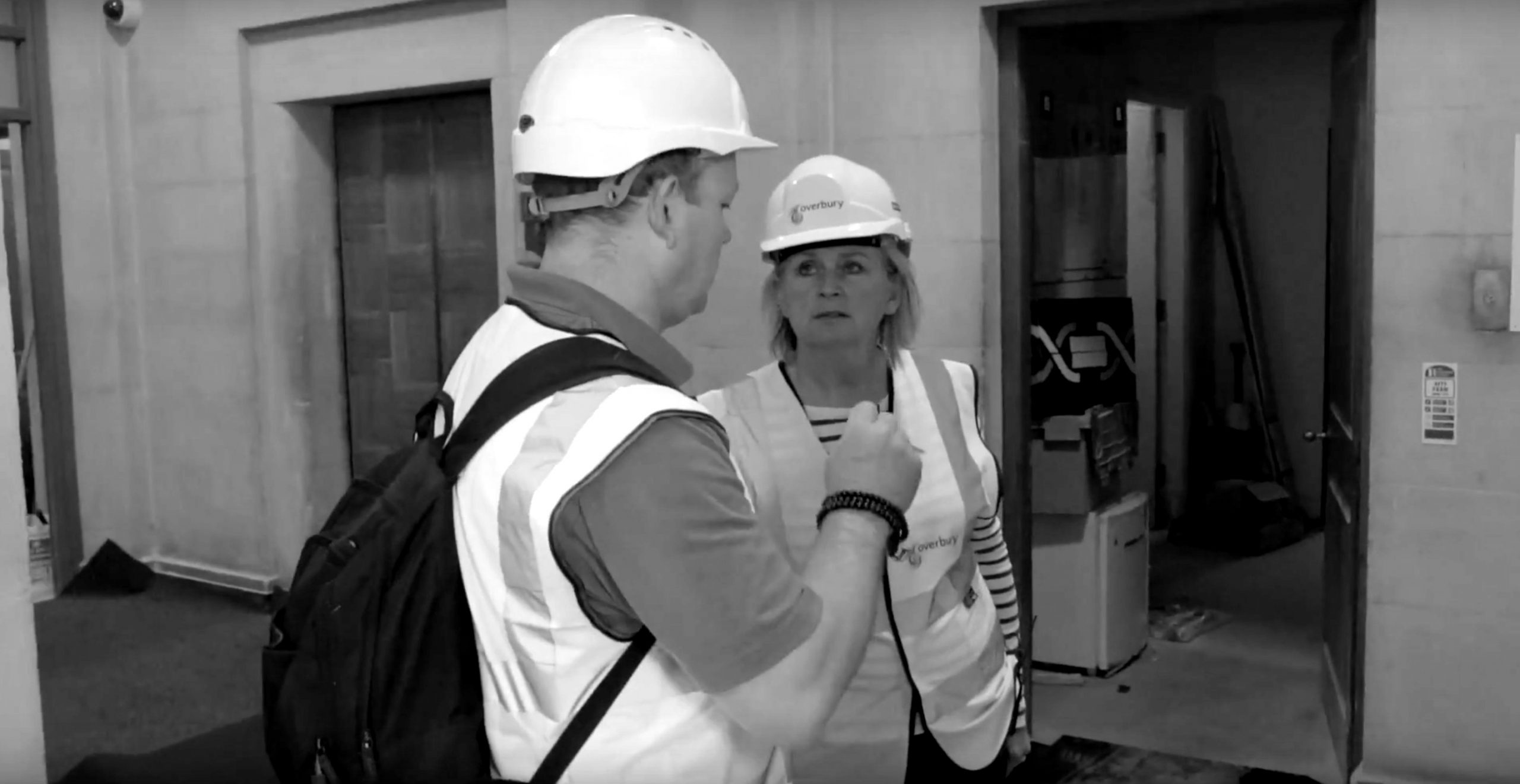— The PLACEmaking blog
Do we really need to build any more office buildings?
Author
tomDate
June 19, 2018Bringing staff together into one place brought many tangible benefits for medium to large businesses, further enhanced when building floorplates were large, deep and rectangular in shape – thereby packing as many people onto one floor as possible. Generic layouts, modular workstations and rank-related furniture allocation reinforced the dominance of the corporate culture and simplified the task of facilities managers to service and maintain the workplace to a defined standard which in turn, they promised, would drive overhead costs down.
But is the open plan corporate office still the preferred choice, or does it better reflect a way of working and a work culture that should remain in the 80s and 90s? Are those that influence, finance and dictate what’s on offer when it comes to real estate really listening to what the current younger generation and those that follow actually want to experience when they ‘work’, or has the commercial office market become so commoditised and procured from the same stable of supplier frameworks that it is simply not in their interest to question their approach?
According to recently published research*, 21% of 18-24 year olds have turned down a job offer because of the design of the employer’s offices and/or lack of amenities. So what’s wrong with these offices? Perhaps it’s that the blue-print for these workplaces is pretty much the same as back in the 1980s, with a layout strongly reinforcing a culture of hierarchy and control: management grades in offices around the perimeter window walls with the lower ranks sitting at rows of desks in supervised open plan space.
Irrespective of whether the enterprise is public or private sector, accountants or creatives, these offices all look the same: pale colour painted walls, grey patterned carpets and the odd ‘pop’ of bright or primary colours in branded reception areas. Nothing wrong with that you might say, and from the 80s through to the 2000s you would have been right because those that wanted to join the apparent safety and job security of the corporate world would have recognised such buildings as cathedrals of opportunity to match their career expectations. The deal between employers and employees was that, in exchange for job security, employees would compromise their personal desires and fit in with an imposed corporate culture.
But that’s not the climate now – and younger generations are only too aware of it. They watched on the TV the fall-out from the last economic downturn when suited young professionals exited their banking sector offices with only a box of personal possessions. Many of them will have witnessed their startled parents losing their supposedly secure jobs in middle age and suffered the grim consequence of unemployment. Those that can are choosing a different and altogether independent career path.
Take a look at the types of places those that reject jobs in offices do chose to work in. They are often quirky, informal and personalised spaces, clustered in mixed communities juxtaposing different scales and types of enterprises: innovative entrepreneurs, consultancies with creative studios and craft workshops, sharing common resources without the boundaries of corporate rules. They reject being ‘branded’, are quick to market and stay nimble to new trends and challenges. They tend to mix together eclectic bits of furniture, artefacts and fittings and put their investment into the best technology, tools and equipment they can afford. As co-workers or even as employees, individuals happily tolerate small inconveniences and shortages of ‘traditional amenities’ as the price for freedom from the constraints of the corporate world.
They want to be based in characterful buildings, not anonymous offices. They want 24/7 access and simple licence agreements, not long leases. Forget commuting in to city business zones, they want to be part of their local community so they can dip in and out of work mode, balance their life and work interests and not be dictated to by timetables, delays and cancellations. Whilst larger organisations may be too committed to their big city centre-based office buildings, they could and should recognise that their outdated workplaces send very clear messages to the talent pool they need to attract – they haven’t yet understood and are not prepared to accept that the word ‘work’ means something very different now than it did in the past, expectations are different and what’s on offer to attract a pipeline of talent needs to be completely rethought. Larger employers can rest relatively easy that 79% of young people will accept a job offer from them – despite their outdated office design, poor technology, support services and limited amenities. Unless, that is, the one fifth that do reject these jobs are indeed the very people they need to attract.
So do we need to build any more office buildings? Well no more dinosaurs, that’s for sure. Instead, perhaps we should re-model those we’ve already got and carefully consider the types of work environments we really want, where they should be and how they should operate before we design and build the next generation of office solutions.
Subscribe to our mailing list
Let's Work Together
Office
Box 18, Boxworks
Clock Tower Yard,
Bristol BS1 6QH

